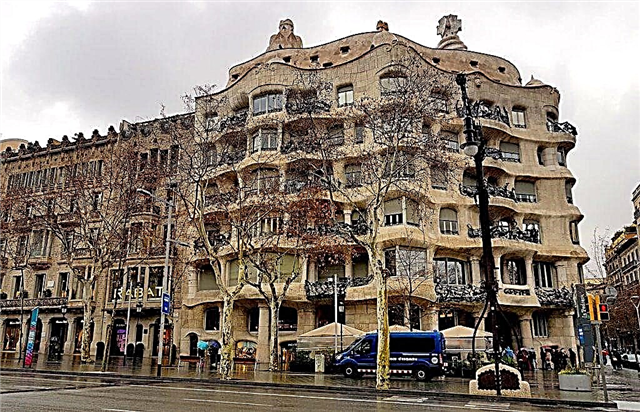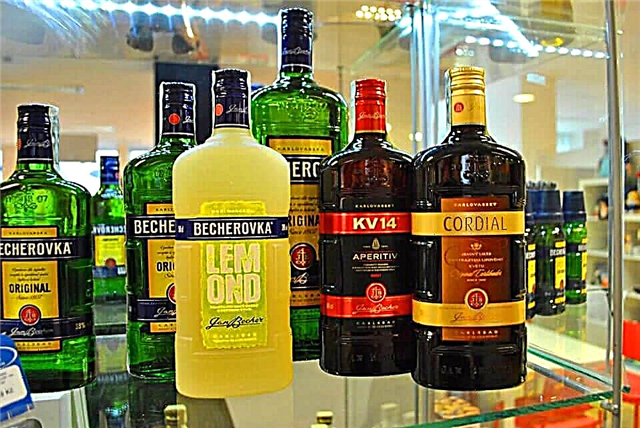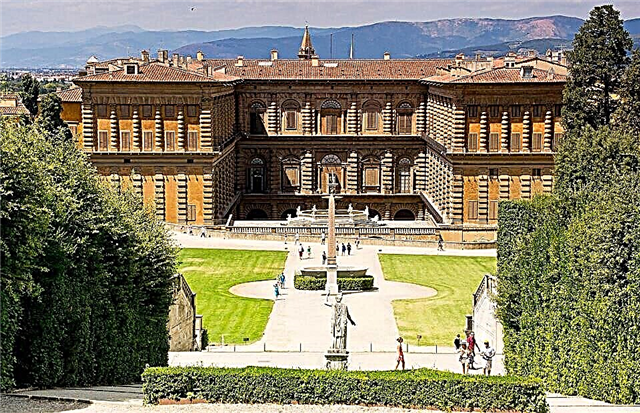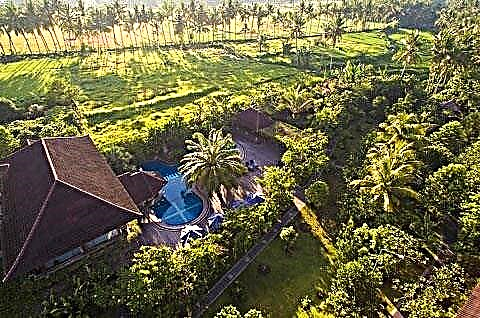800 years ago, on the steep bank of the Klyazma, on the territory of the city Kremlin, Prince Vsevolod the Big Nest erected a one-domed white-stone cathedral and consecrated it in honor of the Nativity of the Most Holy Theotokos.
Short story
From their "brothers" - Uspensky and Dmitrievsky cathedrals - the Nativity Church was distinguished by its austere, ascetic appearance and almost complete absence of carved decoration. At the same time, that is, in 1191, the prince established a hostel in the monastery and granted the monastery lands and villages.
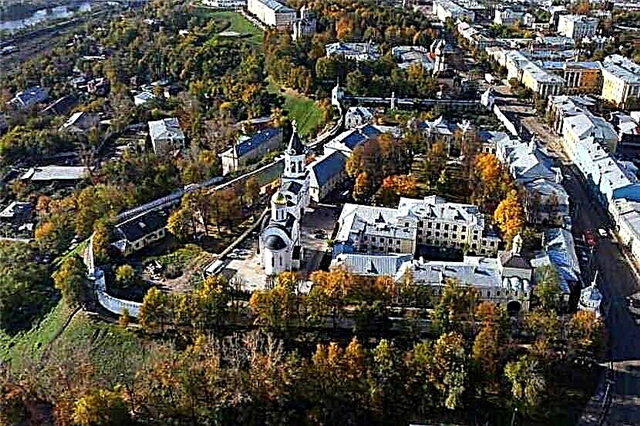
The Mother of God-Rozhdestvensky Monastery from a bird's eye view
Until 1230, the Nativity Monastery was ruled by abbots, who were often elected bishops of the city of Vladimir, such as Simon and Mitrofan. Since 1230, the leadership of the monastery began to be carried out by archimandrites - monks-priests of the highest order. In 1299, Metropolitan Maxim transferred the primate see from Kiev to Vladimir, and the Nativity Monastery became the seat of the Russian Orthodox Church.
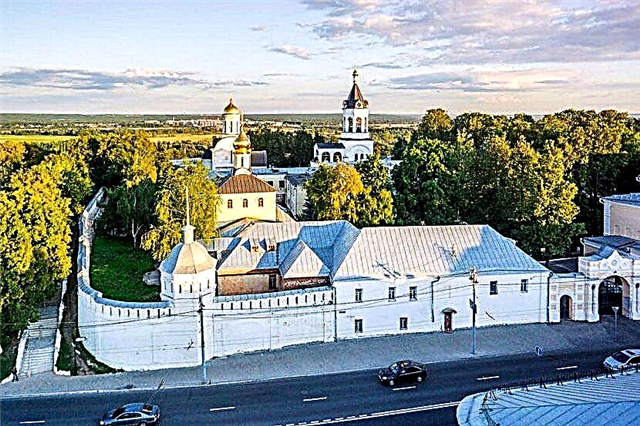
View of the Theotokos-Rozhdestvensky monastery from the side of Bolshaya Moskovskaya street
And although already in 1328 the metropolitan see was transferred to Moscow, the “great archimandry” in Vladimir continued to play an important role in the state life of the country. Until the middle of the 16th century, the Rozhdestvensky Monastery was the chronicle center of Russia. According to legend, the monk Laurentius, the author of the famous Laurentian Chronicle, lived in this monastery., telling about the events in North-Eastern Russia in the XII-XIII centuries.

View of the Nativity of the Mother of God Monastery from the Dmitrievsky Cathedral
The further fate of the Rozhdestvensky monastery
Until the era of Ivan the Terrible, the Christmas monastery held the lead among Russian monasteries, losing it in 1561 Trinity-Sergius Lavra.
In 1720 after construction Alexander Nevsky Lavra The Nativity monastery became the third in importance, but it was always under the jurisdiction of the All-Russian metropolitans, then the patriarchs, and, obeying the Holy Synod, enjoyed many privileges of ancient times.

View of the gate to the Nativity of the Mother of God monastery
In 1744, Empress Elizaveta Petrovna transformed the Nativity monastery into a bishop's house for the Vladimir Bishop Platon. The bishop's house housed the office of the bishop, "judgment" and "official" orders, governing all bishops' estates, as well as clergymen and cell ministers. Before the reform of 1764, which seized their possessions from church institutions, the Nativity of the Mother of God Monastery had large land plots and 7,899 souls of peasants. In the Soviet era, the monks were evicted from the monastery for 70 years, and the territory of the monastery was occupied by the Department of State Security Services for the Vladimir Region. Since 1991, the monastery has resumed its activities.
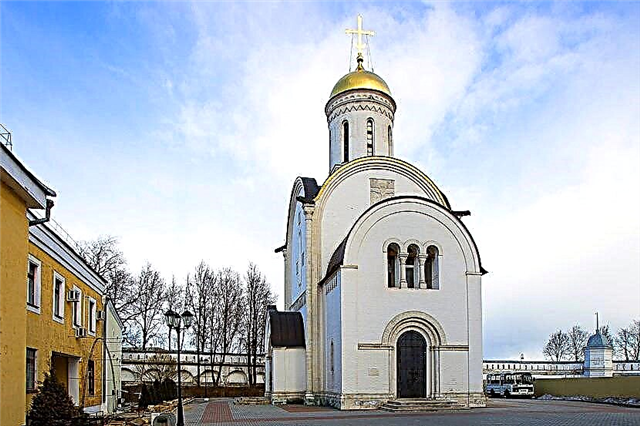
Cathedral of the Nativity of the Blessed Virgin
The architectural ensemble of the Rozhdestvensky Monastery
The Nativity of the Mother of God Monastery has preserved its late medieval appearance. In the eastern part of the complex there is the Church of the Nativity of Christ with a hipped bell tower. It is a prime example of an eclectic refectory with baroque decor. The same line is continued by the fraternal cells stretched from west to east, and at an angle to them there are two-story baroque bishops' chambers.
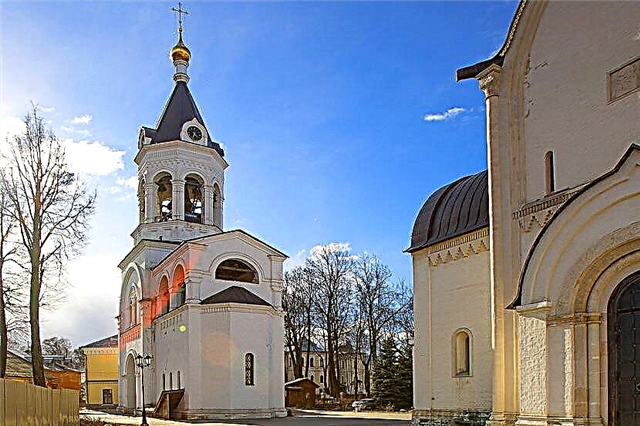
Bell tower with the church of Alexander Nevsky
From the east, the Holy Gates (17th century) with the Alexander Nevsky Cathedral adjoin the Church of the Nativity of Christ. Behind the gates there is a building of state cells and a theological seminary.
Shrines of the Nativity Monastery
In 1263, the holy prince Alexander Nevsky was buried in the monastery of the Nativity of the Virgin., who died in the city of Gorodets on the way back from the Horde. At present, the relics of the defender of the Russian land rest in the Alexander Nevsky Lavra in St. Petersburg, but the icon of the Sign of the Mother of God, which belonged to the holy prince, is still kept in the Christmas Vladimir monastery.
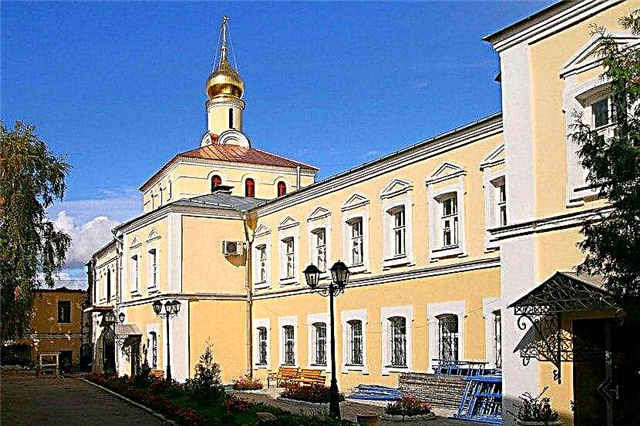
Church of John the Baptist
According to legend, Alexander Nevsky carried this icon with him when he defeated the Swedes and German knights in the Battle of the Ice in 1242. Today, the main shrine of the monastery is the relics of St. Athanasius, Bishop of Kovrov, glorified among the saints by the decision of the Council of Bishops of the Russian Orthodox Church in 2000.
Attraction rating:

